
Aggression in a dog is frightening. Not only for the person who is the apparent target, but also for the pet owner. The possibility that one might be the owner of a pet that has inflicted serious harm on another person is a nightmare. More than a million people are bitten by every year, and this is probably a very low number when you take into account all the bites that are not reported. Most bite wounds are minor, but dog bites account for one percent of all emergency room admissions. Half of the victims are also children, usually under 10 years of age.
Aggresive behavioral traits can pose significant problems if there are other underlying causes. Such traits are not usually predetermined by age, breed, or gender. However, if a young dog shows signs of these traits, it may be genetic in origin, and the condition could become a long-term issue. There is no cure for these personality traits, but there are ways to work with the animal to reduce incidents and to prevent behavior from becoming exaggerated.
Many aggressive signs are accompanied by a fearful body posture and facial expression, and with submissive behavior. Some dogs exhibit these signs if they are cornered, feel like they cannot escape, or are provoked. There are many types of aggression, including interdog, dominant, defensive, possesive, territorial, predatory, parental and those induced by fear, pain, or punishment. Of these, signs of an offensive type of fear include:
Conversely, signs of defensive aggression include:
Aggressive behavior in dogs in mainly attributed to:
Aggression, fear, and defensive behavior may also be a normal response for some dogs, depending on the circumstances. Animals that were abused, roughly handled, or harshly punished have been known to exhibit some, or all, of these behaviors. In addition, living conditions play a role in aggression, as does being attacked or frightened by another aggressive dog, owners who spoil or praise too much, isolation from human contact, and being teased by children.
Understanding a puppy's growth periods may help in comprehending canine aggression. Beginning at 3 weeks of age until 14 weeks, puppies critically need socialization. (If you are purchasing a puppy, it is best to get it between the ages of seven to eight weeks old.) Puppies are very fearful between 8 and 10 weeks old and need to be handled gently by everyone around them (i.e., no harsh discipline at this age).
Adolescence sets in at about 14 weeks and ends when sexual maturity has been achieved -- about 15 months of age. If socialization hasn’t occurred by the time it is 14 weeks old, you may never be able to trust it around people or other dogs. From the beginning of adolescence to sexual maturity, puppies tend to bark at strangers and become more protective. Males begin to lift the leg to urinate during this period. It’s also important to introduce them to strangers in the home -- adults, children, and other dogs -- during this period.
Dogs that have been bred to be protective -- Dobermans, Akitas, and Rottweilers -- are more aggressive by their very nature. Dogs bred to kill small game, such as terriers, retain this characteristic. Non-neutered male dogs, females in heat, and females nursing puppies are also typically aggressive.
Then there is the dog's pack order. It is is built into the way they perceive the world. And body language is the tool for establishing a dog’s rank in the pack. It will look at you and your family as members of its pack and will try to establish its place by challenging the more submissive members, such as children. If the animal growls while guarding its food dish, discipline the behavior immediately. If these types of behaviors are not corrected, the dog will, little by little, gain dominance over some or all of the family members.
The diagnosis is generally made from observing dominance behavior, conflict aggression, and social status aggression. There are currently no medications licensed for the treatment of canine aggression. Behavioral modification training is the prescribed treatment.
Treatment focuses on the problem and not curing the issue, as there is no cure. The dog's owner will be trained on behavior management techniques to assist the dog with its anger. Desensitization and relaxation techniques are used to help the dog overcome its fear. Devices such as muzzles can be effective when the dog is away from home. All treatment is focused on preventing injury to humans, other animals, and to the dog.
Don’t allow a dog to achieve dominant status over any person. Also, in choosing a dog, it’s a good idea to take a realistic look at your own personality. Do not get an aggressive dog if you are meek and mild mannered, for example.
It’s a good idea to arrange for them to play with other non-aggressive dogs so the friendliness will rub off on them. If you have an older dog that is aggressive, praise them for good behavior and discipline mildly for unacceptable behavior. They should sit on command, sit before going out the door, etc. This reinforces that you are the dominant one in the family. Also, neutering male dogs is not always sufficient, but it does help prevent dominance aggression.
It is recommended the dog be monitored on an on-going basis. In addition to monitoring, it is important for the dog owner to work regularly on the recommended techniques to reduce the dog's aggression and to improve its socialization ability.
If you doubt your ability to initiate these actions, ask your veterinarian for additional advice and recommendations for behavioral training centers in your area.
Early socialization is also important for prevention. Chasing children or joggers and jumping on people should be prohibited. Moreover, dogs should not be played with aggressively and physical punishment is never appropriate. Using these and the suggestions listed earlier can help to reduce the incidence of fear-based and aggression-based behaviors.
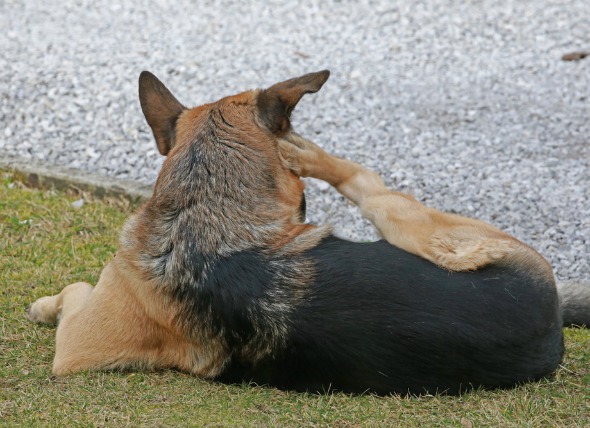 'Mad Itch' Pseudorabies Virus Infection in Dogs
Suid Herpesvirus in Dogs
The pseudorabies virus i
'Mad Itch' Pseudorabies Virus Infection in Dogs
Suid Herpesvirus in Dogs
The pseudorabies virus i
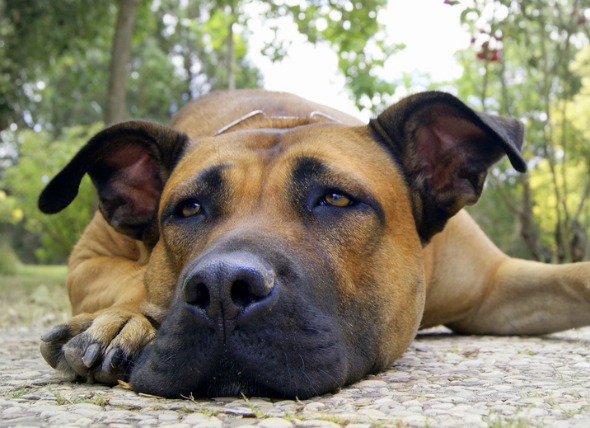 Hematoma on Dogs
Canine Hematoma/Seroma
A hematoma is defined as a
Hematoma on Dogs
Canine Hematoma/Seroma
A hematoma is defined as a
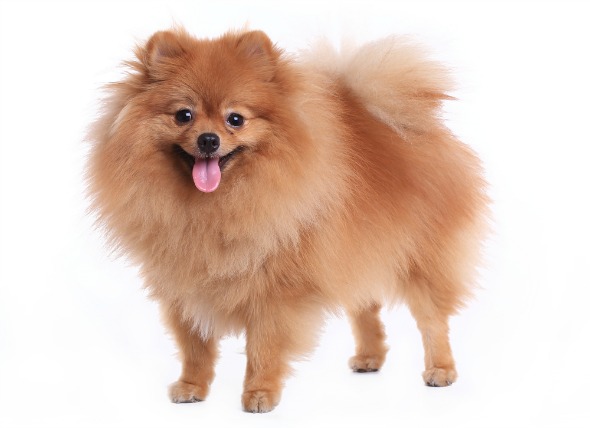 Kneecap Dislocation in Dogs
Patellar Luxation in Dogs
Patellar luxation occur
Kneecap Dislocation in Dogs
Patellar Luxation in Dogs
Patellar luxation occur
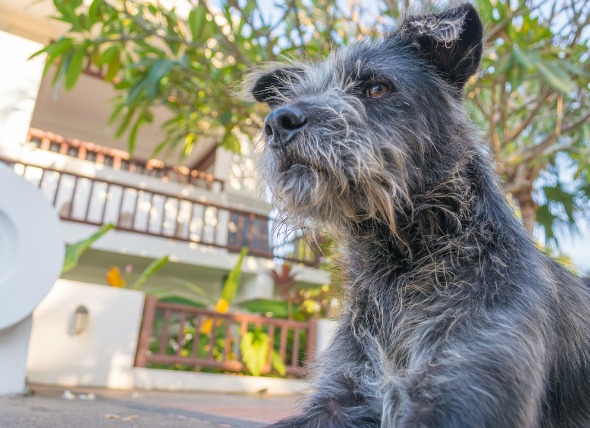 Constipation (Severe) in Dogs
Megacolon in Dogs
The colon is the section of the
Constipation (Severe) in Dogs
Megacolon in Dogs
The colon is the section of the
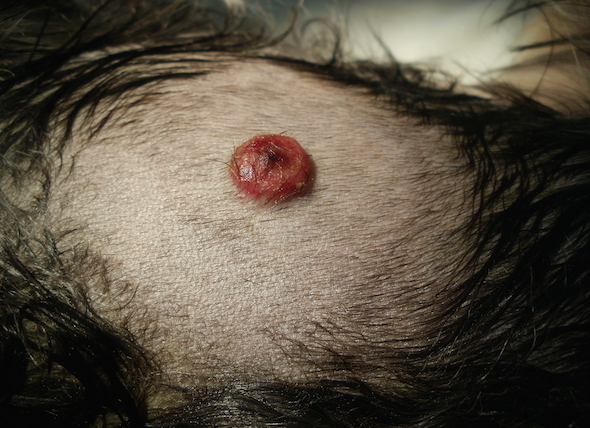 Fatty Skin Tumors in Dogs
Lipoma in Dogs
Lipomas are subcutaneous (undernea
Fatty Skin Tumors in Dogs
Lipoma in Dogs
Lipomas are subcutaneous (undernea
Copyright © 2005-2016 Pet Information All Rights Reserved
Contact us: www162date@outlook.com